



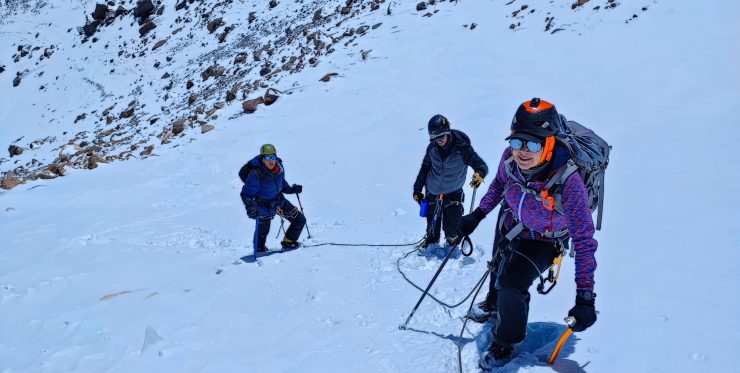
The highest Volcano on earth, for pre acclimatized persons
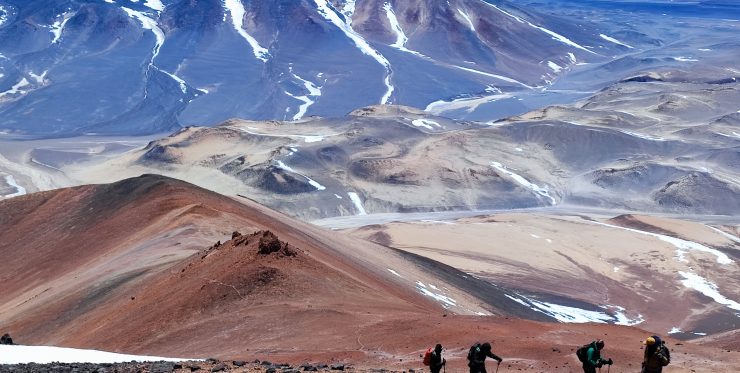


challenges your limits on our 4-mountain expedition over 6,000 meters!
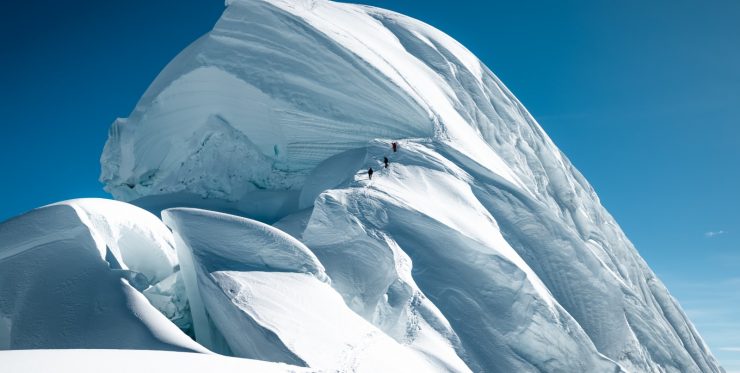


Volcanoes from Ecuador, the closest place to the sun from the earth
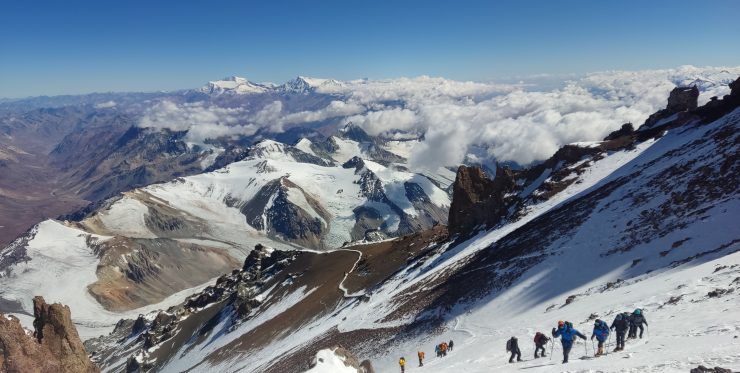


The 2 highest mountains in America

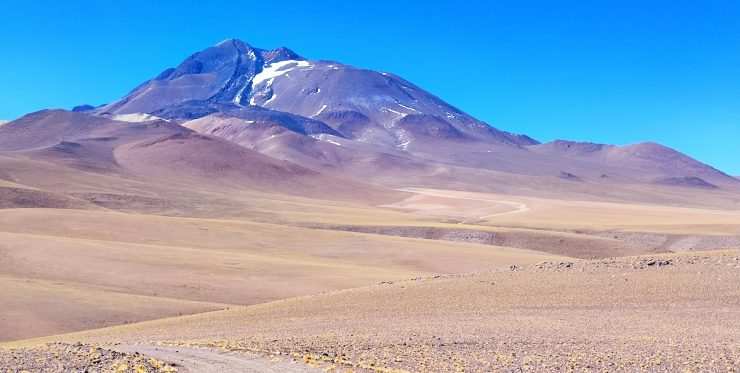

The highest archaeological site in the world, the second highest volcano on the planet and the third highest in Chile
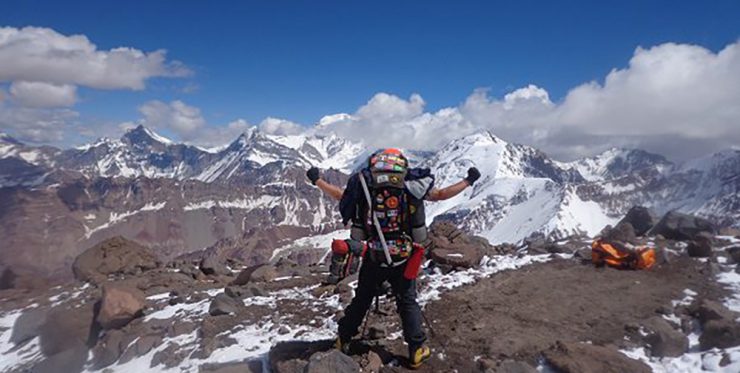



The 2 highest mountains in America



The highest archaeological site in the world, the second highest volcano on the planet and the third highest in Chile



Taking the step towards a high-altitude expedition, one that surpasses the 5,000 or 6,000-meter barrier, is an exciting moment in any mountaineer’s journey. But it can also raise questions like, which is the right mountain to start with? Am I truly prepared? How does it differ from a lower-altitude climb?
Here we share some key tips for choosing your first high-altitude expedition safely, realistically, and, above all, enjoyably!

It’s not just about how many mountains you’ve climbed, but what kind of experience you’ve gained. Have you camped at altitude? Have you walked with crampons or used an ice axe? Do you know how your body responds above 4,000 m?
As a tip, if you already have experience on peaks like Cerro Provincia, San Ramón, El Plomo, or Volcán San José in Chile, or Kilimanjaro, Elbrus, Monterosa, or Mont Blanc, you might be ready to take the leap. If not, it’s better to plan some intermediate outings first.
A good first expedition considers not only the mountain’s altitude but also the time available to acclimatize. Climbing a 6,000-meter peak without proper progression can force your body to turn back before you reach the summit. Choose peaks between 5,000 and 6,000 m, with access to intermediate camps or refuges, and the possibility of spending several days gradually gaining altitude.

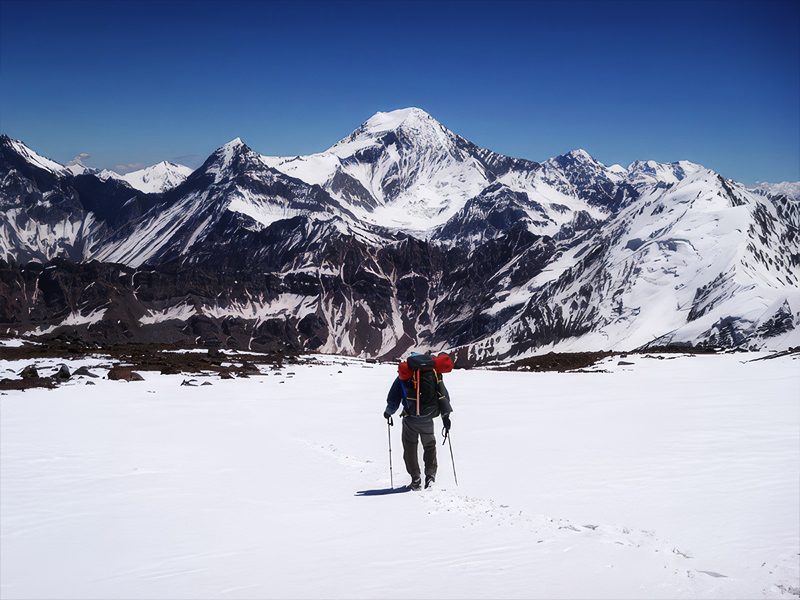
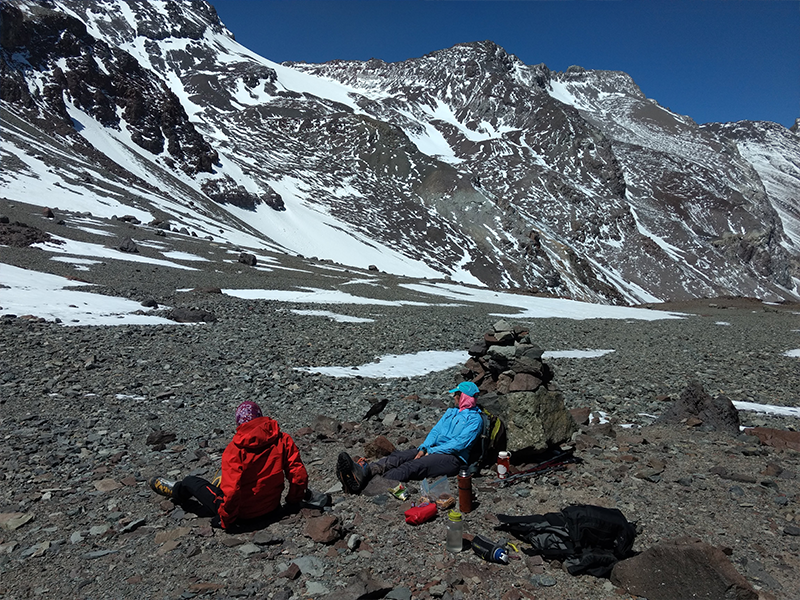
Some mountains have conditions that make them ideal for a first great experience: good access, predictable weather, non-technical routes, and unforgettable scenic beauty. Here are three good options:
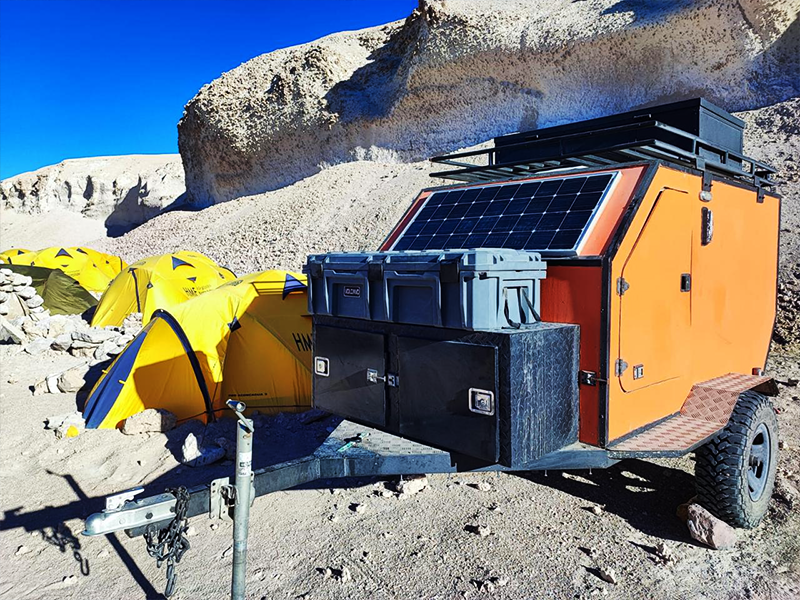
Are there refuges? Is a 4×4 vehicle required? Is a permit needed? Logistics can make a big difference in your experience. It’s also key to know if you’ll need technical gear like crampons, a harness, an ice axe, or a helmet.
If you have questions, write to us. We can help you figure it out or even offer the option to rent the gear you need.
Not all expeditions end at the summit, and that’s not a failure. True success lies in the experience lived, the lessons learned, and the respect for the mountain and your body.
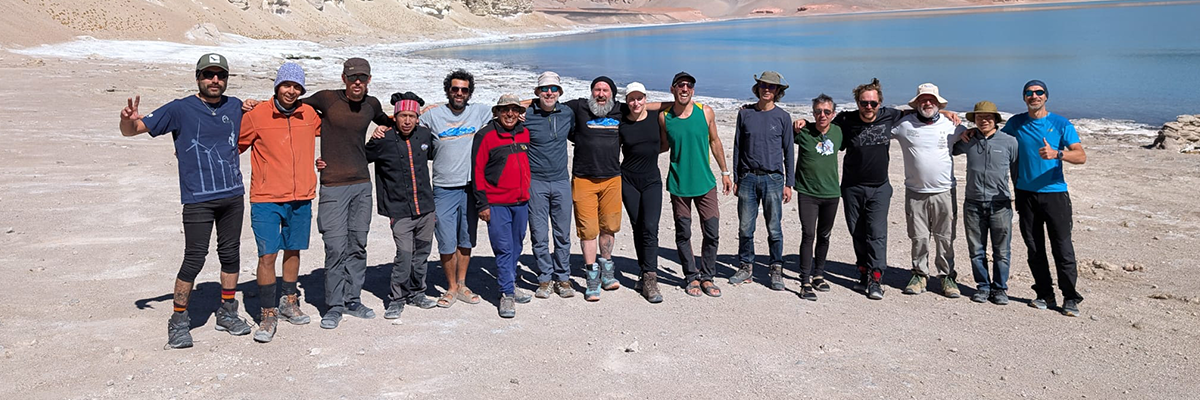
On our expeditions, we don’t just take you to the summit; we help you grow as a mountaineer. If you’re planning your first big expedition, let’s talk.
Any questions? Contact us at [email protected]
